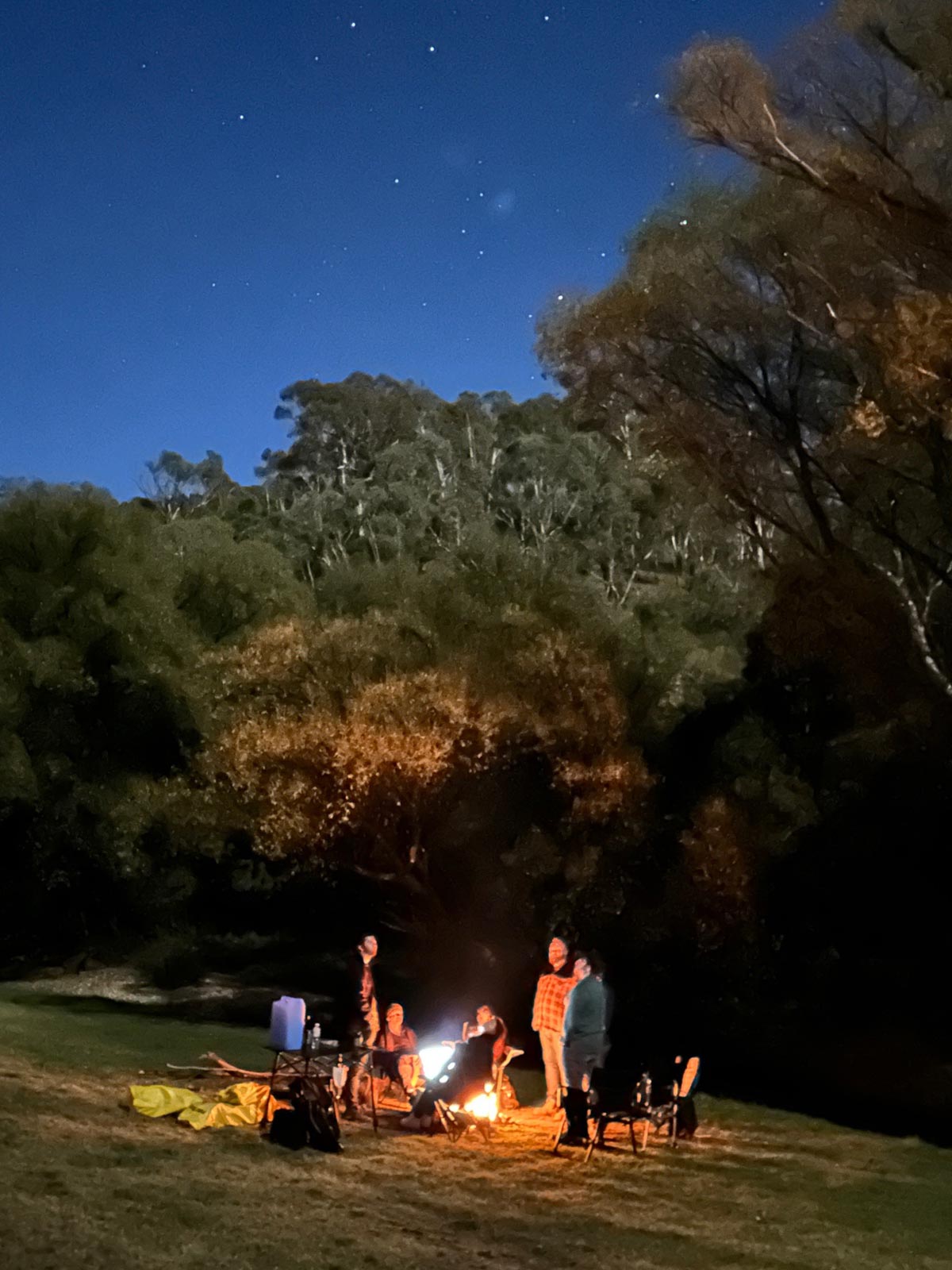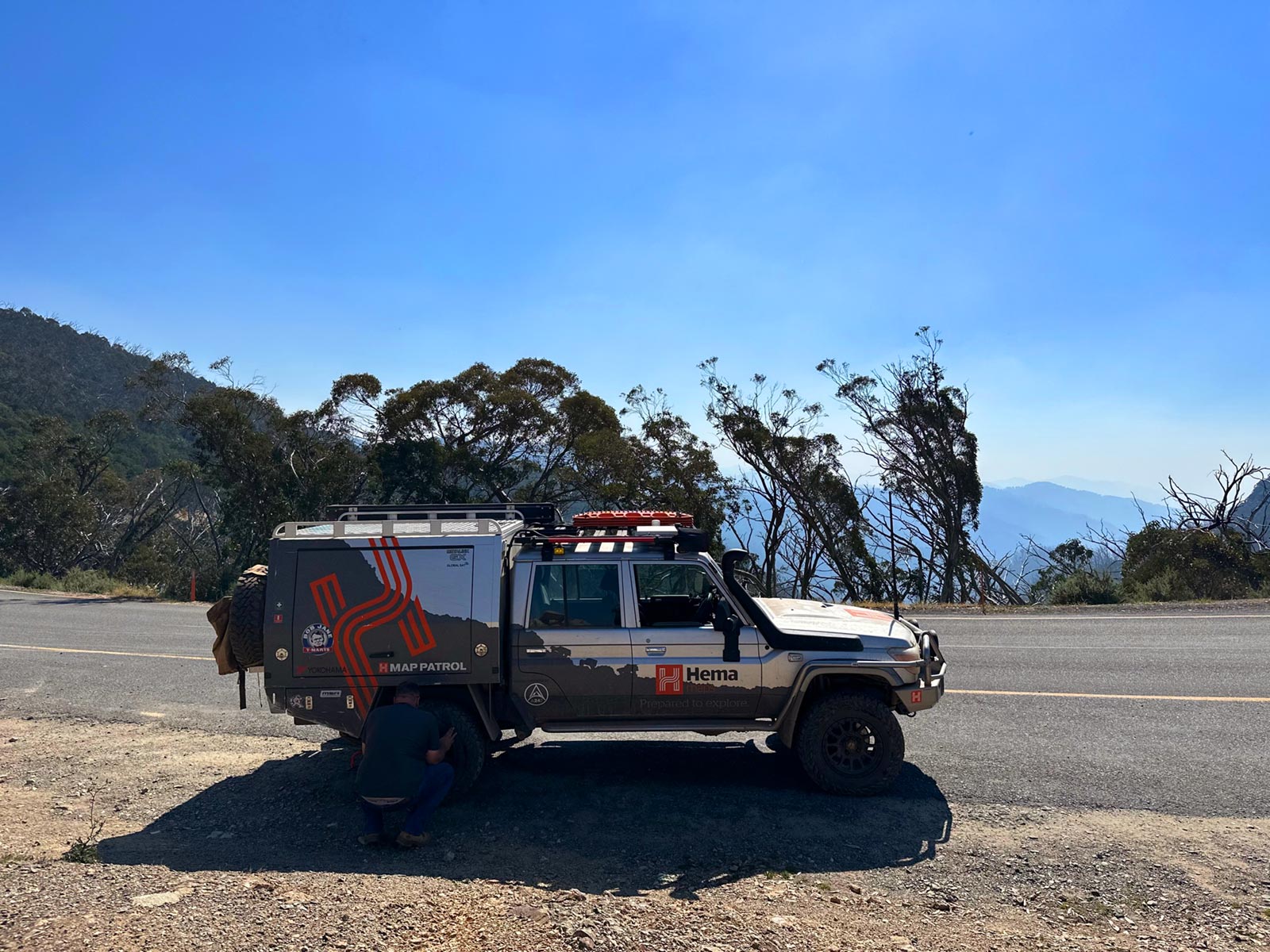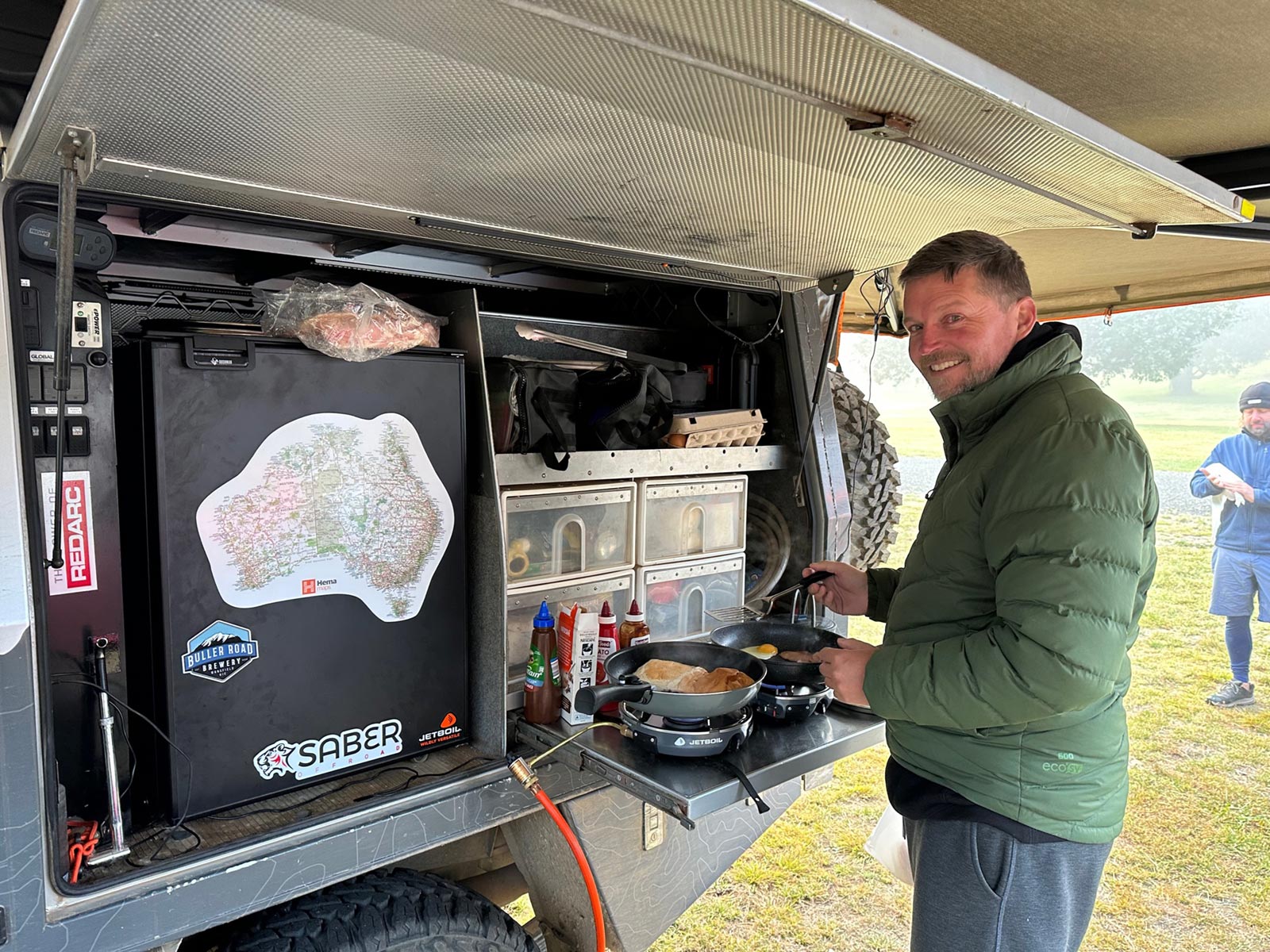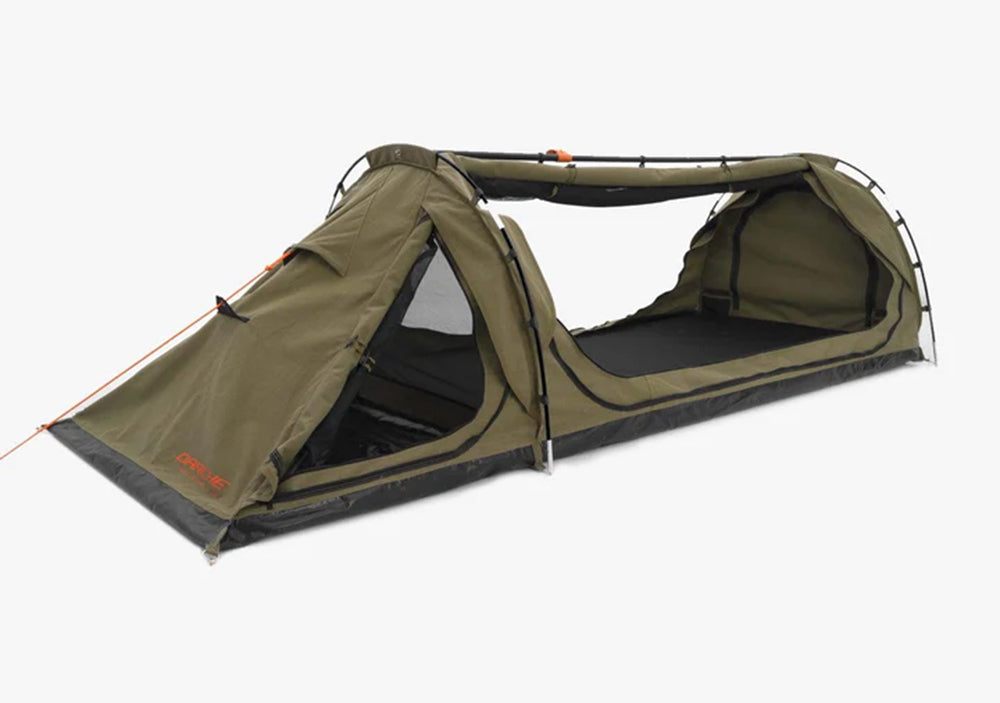Camping in the Vic High Country: What you need to bring
No matter what time of year you plan to camp in Victoria’s High Country, we advise to be fully prepared with your gear, and some other valuable tips.

Few places in Australia compare to the unique beauty and atmosphere of the Victorian High Country, also known as the Victorian Alps. Located only a three-hour drive northeast from Melbourne, the region starts at Mansfield and extends all the way into New South Wales as part of the Great Dividing Range, and it is an epic expanse of mountain ranges and breathtaking flora and fauna. The Victorian High Country is also home to the famous Mount Hotham and Mount Buller, where you can enjoy ski resorts unlike anywhere else in Australia.
Over a three-month period (which started in March), Hema Maps staff together with the Hema Map Patrol and Alpha Teams are updating all the 4WD tracks in the Victorian High Country. While we’re there, we’ll also be updating our Victorian High Country Atlas & Guide, where Editor Brenden Batty is working on the 4th Edition.
With our recent experience in this beautiful part of Australia, we’ve put together a short but informative guide on camping in the Victorian High Country if you’re considering it for the first time, including what you need to bring with you to have a comfortable trip and some important tips on camping courtesies. If you would like more information on the 4WDing aspect and how you need to prepare your vehicle, just click here.
Baby, it’s cold outside
As part of Australia’s cool temperature zone, the Victorian High Country experiences cold winters and mild to warm summers. Alpine region weather is notoriously irregular, and while most snow falls in the winter, it has been recorded in all months of the year. By late spring, however, the warm sunshine has melted the snow, leaving behind soft green plains that come alive with the colour of wildflowers. It’s at this time that the region transforms into a famed area for bushwalking, four-wheel driving, camping, fishing and much more.

This spring to late autumn period is when we recommend camping in the Vic High Country, as the winter season can get extremely cold and wet. Although some avid skiers and such are known to camp in the Vic High Country while it’s snowing in winter, we believe a much more comfortable experience can be enjoyed if sticking to the warmer parts of the year.
Access to the Vic High Country is usually closed from the King’s Birthday long weekend in June until the weekend before the Melbourne Cup in November. However, this changes according to snowfall and when the resultant road damage of winter is fixed. This affects access to campgrounds.
The Vic High Country sits many hundreds of metres above sea level, so as you can imagine, the temperature can drop quite dramatically from day to night and remain freezing all night long — even in the warmer months!
To combat the elements, we suggest travelling with the following items:
- Warm clothing that is lightweight, durable, quick drying and insulating — avoid jeans and similar materials as these take a long time to dry. Wool is a good natural fibre as it retains its heat warmth when wet, manufactured fibres such as polypropylene don’t work well when wet but don’t absorb smells and are lighter weight.
- We recommend layering clothing (base layer/underwear layer, middle layer/insulating layer and outer layer/shell layer) as the critical element to staying warm is reducing airflow.
- Thermal undergarments to trap in the heat.
- Beanie, as most of your body heat is lost from your head.
- Extra blankets and sleeping bags for those chilly nights — rated to below zero.
- A portable, compact propane stove or similar.
- A thermos for your coffee and tea needs.
- All the essentials to start and maintain a fire (must adhere to local fire rules) and extinguish the fire (water, shovel) fully before leaving.
- Heat inserts for gloves and jacket pockets.

Swags
If you’re brave enough to camp in the Victorian High Country, you must have the best tent or swag configuration that’s rated to cold weather (below zero advised) to ensure your comfort. You will not be able to sleep if you’re preoccupied with figuring out how to stay warm and shivering, so your swag or tent has the power to make or break your holiday.
There are many different styles of swag on the market, but for this climate we recommend the Darche Dusk to Dawn swag. The freestanding design is spacious and gives you plenty of room to move around. The canvas is premium quality 420gsm ripstop polycotton and includes all-season protection with internal seam sealing and full-length welded PVC bucket floor. The heavy-duty construction includes 10 zips where you can configure the swag to suit your specific camping needs and allows for taking in views from every direction.
The most important thing to remember when buying a swag or tent is its ability to ensure you’re well protected from the elements all year round, which is non-negotiable when camping in the Vic High Country.
Responsible camping
If you’re planning on going ‘bush’ and experiencing the Victorian High Country in its rawest, responsible camping must be practised. Bush camping — meaning away from designated camping areas — is permitted in some remote parks and is truly a unique way to experience this part of our country. It’s important to research where you are staying so you know what the rules are, for example, is your chosen camping spot in a State Forest or National Park as both have a specific set of camping rules. Investigate the requirements and restrictions before you set off.

Minimise your impact on the environment by following these basic requirements:
- Camp at least 20m from any stream, lake or reservoir.
- Use toilets where provided. If they are not provided, bury human waste at least 100m from campsites and watercourses. Remember to bring your own toilet paper and to dig your hole 30cm. Burn, do not bury, the toilet paper.
- Do not use soaps, detergents and toothpaste in the streams and waterways as these are extremely harmful to the environment. Dispose of dirty water away from water sources so you do not harm fish and other wildlife.
- Unless there are bins provided for rubbish disposal, please take all rubbish with you for recycling or disposal. Rubbish may not be buried. Don’t leave rubbish out at night as it attracts wildlife. Spare tyre bin bags are very useful.
- Ensure that you drive only on existing tracks open the public vehicles. Walkers must also keep to tracks.
- Keep noise to a minimum so as not to disturb the local wildlife or other campers.
A few common courtesies go a long way and as with all camping in Australia, you should leave no trace of your stay.
Useful websites
Australian Alps National Parks — lots of useful background information on the region
Four Wheel Drive Victoria — information on training courses, 4WD clubs and tracks
Parks Victoria — vital information on road closures, park facilities, fees and links to information on Victorian High Country heritage

Next steps
At Hema Maps, we strive to provide the most comprehensive and accurate maps and guides for outdoor enthusiasts looking to explore Australia's natural wonders.
Did you find this information useful? If so, please share it with your fellow explorers. Whether it's by SMS, social media, or email, your friends and fellow adventurers will appreciate the valuable tips and insights we've shared.
Let's work together to make the most of every adventure.










0 comments